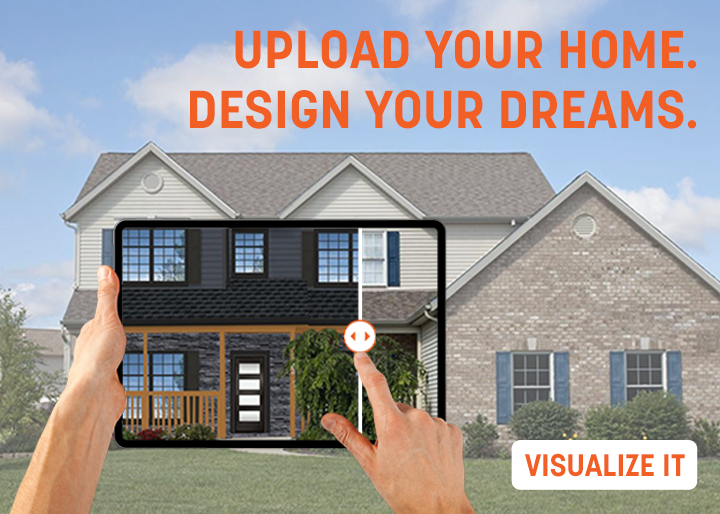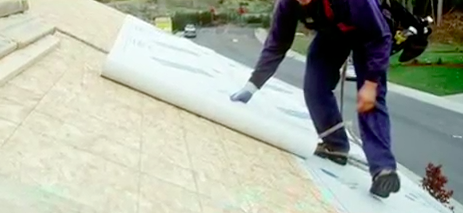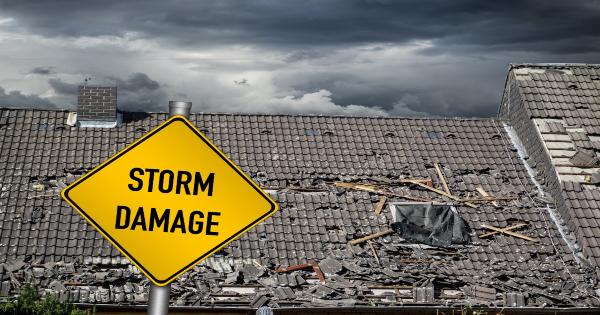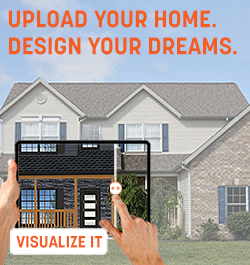Understanding your roof’s color temperature
August 1, 2025 at 6:00 a.m.By Kate Smith, DaVinci Roofscapes color expert.
Learn about the foundation of great curb appeal — your roof!
When homeowners ask me about improving their home's curb appeal, they're often surprised when I start the conversation by looking up at their roof. But here's the reality: your roof's color and its temperature set the foundation for every other exterior color decision you'll make.
Understanding whether your roof reads as warm or cool can mean the difference between a home that looks professionally designed or one that feels disjointed.
What Is roof color temperature?
 Unlike paint colors that come in solid, uniform tones, roofing materials are inherently varied. A single blend contains multiple color variations that create an overall impression — what we call the roof's "color cast." This cast can lean either warm (toward beige, gold and browns) or cool (toward blue-gray, green and purplish gray).
Unlike paint colors that come in solid, uniform tones, roofing materials are inherently varied. A single blend contains multiple color variations that create an overall impression — what we call the roof's "color cast." This cast can lean either warm (toward beige, gold and browns) or cool (toward blue-gray, green and purplish gray).
Even seemingly neutral colors have temperature. A gray roof might have a warm brown cast, making it appear cozy and inviting or it might have a cool blue cast that feels crisp and contemporary. These subtle differences have a dramatic impact on how your entire home appears from the street.
Example: To the right is Multi-Width Slate in Slate Gray. This leans a bit warm.
 Why temperature matters more than specific color
Why temperature matters more than specific color
Here's what many homeowners don't realize: the specific color of your roof matters less than its temperature when it comes to creating curb appeal. A warm gray roof and a warm beige body can work beautifully together, despite being different colors, because they share the same warm temperature base.
Think of temperature as the base for your color scheme. Once you identify whether your roof is warm or cool, every other color choice — from siding to shutters to your front door — should harmonize within that same temperature family or create intentional contrast.
Example: This image is of Multi-Width Slate in Castle Gray, a slightly cool neutral.
Identifying your roof's temperature
Stand across the street from your home at different times of day and ask yourself: Does your roof feel warm and inviting, or cool and crisp? Look for these distinctive signs:
- Warm roof indicators: The roof appears to have hints of beige, gold and browns, even in gray or black materials. It feels cozy and earth connected.
- Cool roof indicators: When a gray or black roof has hints of blue, green or purple. It appears fresh, crisp and in some cases, more formal.
- Mixed temperature roofs: Some roofing such as DaVinci Roofscapes Aberdeen or Aurora combine both warm and cool elements. These are easier to work with because they offer more flexibility in exterior color choices.
For a systematic approach to identifying and working with your roof's temperature, check out the FRESH Colors for Homes with Curb Appeal ebook, which walks you through this process step by step.
The harmony principle in action
Once you've identified your roof's temperature, the harmony principle guides your other color choices. Here's how it works in practice:
- For warm roofs: Choose exterior colors that evoke warmth. Instead of stark white trim, consider warm whites or off-whites such as cream or beige. Window shutters in warm gray, rich brown or deep forest green will blend in cohesively rather than jarring the eye.
- For cool roofs: Embrace the crispness with colors that support the cool temperature. True whites, soft grays with blue undertones and colors like navy or sage green will create sophisticated harmony.
- Front door freedom: When your roof and other elements work in harmony with temperature, your front door can be much more adventurous. A warm-temperature home can handle a bold coral or golden yellow door, while a cool-temperature home might showcase a vibrant turquoise or deep purple beautifully.
Common temperature mistakes
The biggest curb appeal mistakes happen when homeowners ignore their roof's temperature. Here are some bad mistakes:
- Warm roof + cool colors: A roof with a warm brown cast paired with stark white trim and icy blue shutters creates visual tension that makes the home feel uncomfortable.
- Cool roof + warm colors: A roof with a cool gray cast and cream trim is less appealing than using a cooler, off-white with the gray.
- Ignoring the garage door: Since garage doors often occupy a significant visual space, their color should complement your scheme. A garage door that clashes with your roof can undermine your entire exterior color scheme.
Working with challenging roof colors
Some roof colors present special challenges:
- Very dark roofs can overwhelm single-story homes, making them appear smaller and less substantial. Combat this by choosing lighter colors for other elements and using your roof's temperature as a guide for those choices.
- Very light roofs can make homes appear larger but may lack visual weight. Adding a darker tone adds depth through the strategic use of color.
- Faded roofing may make it difficult to determine the roof's temperature accurately. Check the roof when it's wet - water shows its true color.
The professional designer's secret
 Professional designers always start with the roof's temperature because it's the most influential element in setting the tone. By building your color scheme around your roof's temperature, you can naturally achieve a high-end, cohesive look by making less expensive updates to trim, shutters and doors.
Professional designers always start with the roof's temperature because it's the most influential element in setting the tone. By building your color scheme around your roof's temperature, you can naturally achieve a high-end, cohesive look by making less expensive updates to trim, shutters and doors.
This approach also helps you avoid expensive mistakes. When you don't understand the importance of coordinating the temperature of the siding and roofing, you may overlook the problem until it becomes visible on the house. Looking for somewhere to get started? DaVinci Roofscapes collaborated with Sensational Color to create a free, 21-page downloadable guide: FRESH Color Schemes for Your Home Exterior to assist you in choosing colors.
Making temperature work for you
Understanding your roof's temperature isn't about limiting your options—it's about guiding you to a pleasing exterior scheme and visual harmony. When you work with your roof's tone and temperature rather than against it, every other color decision becomes easier and more successful.
Your roof is already there, quietly influencing how people perceive your home. The question is whether you'll work with it to create balanced curb appeal that looks intentional and professionally designed or ignore it and wonder why your exterior color choices never quite look right.
Visit DaVinci's online Color Visualizer tool, where you can see how these principles apply. Then experiment with different color combinations while respecting your roof's temperature foundation. Remember: great curb appeal starts at the top, with understanding and embracing your roof's color, tone and temperature. Everything else builds from there.
Learn more about DaVinci Roofscapes in their Coffee Shop Directory or visit www.davinciroofscapes.com.














Comments
Leave a Reply
Have an account? Login to leave a comment!
Sign In